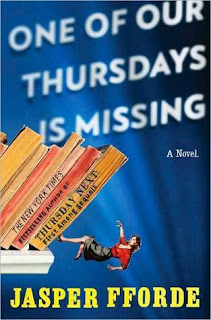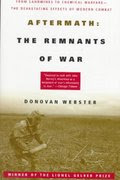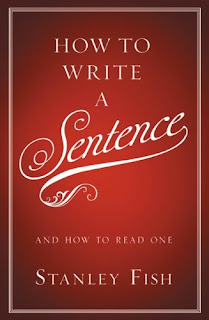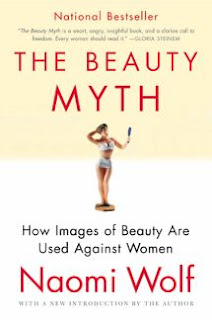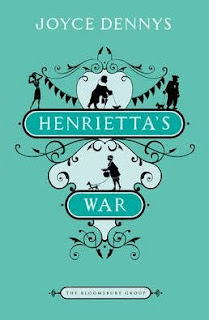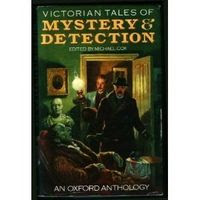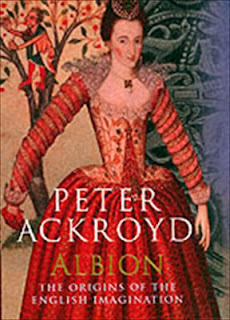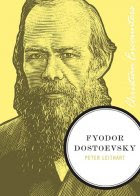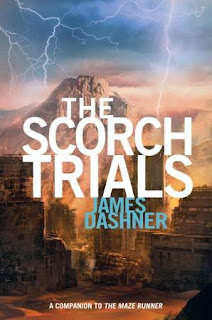This is Halloween...
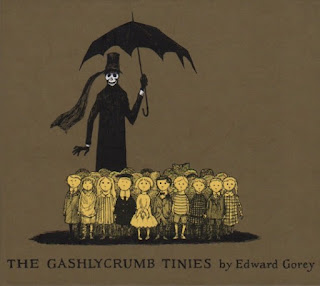
Happy Halloween to tender lumplings everywhere! These are a few of my favorite things: Edward Gorey, of course. Who else would come up with the title "The Helpless Doorknob"? He wore fur coats and Converse sneakers! Gorey said, "My mission in life is to make everybody as uneasy as possible. I think we should all be as uneasy as possible, because that’s what the world is like." If you're lucky, you can find a number of his collected works most easily in the three Amphigorey books. M. R. James was a late Victorian/early Edwardian scholar who wrote lovely creepy stories for fun. I've recently been lucky enough to get his collected stories in two volumes, so I'll review those soon. They are great stuff. James and Gorey were both inspirations for John Bellairs, who I've reviewed before here. Spooky, scholarly kids' stories that are a bit heavy on the repetition inherent in series, but much better-written and more interesting than most k


